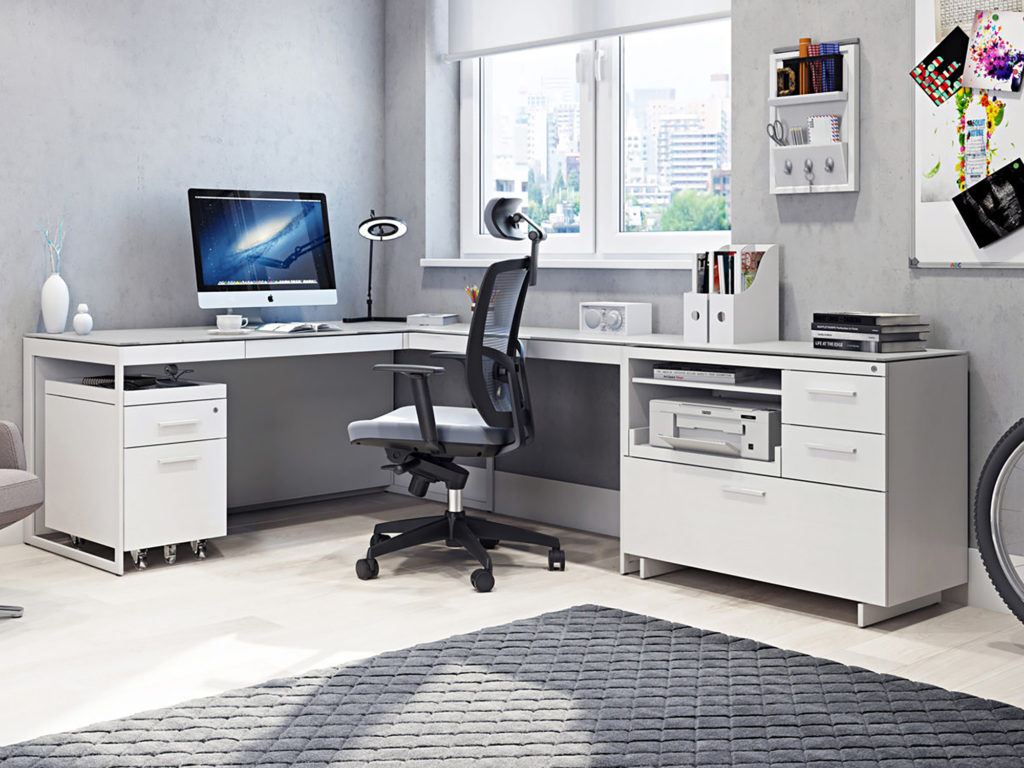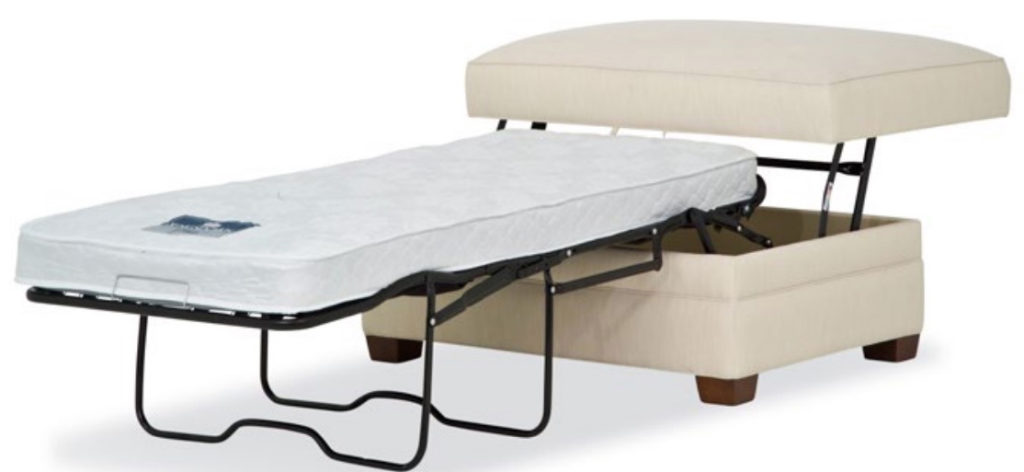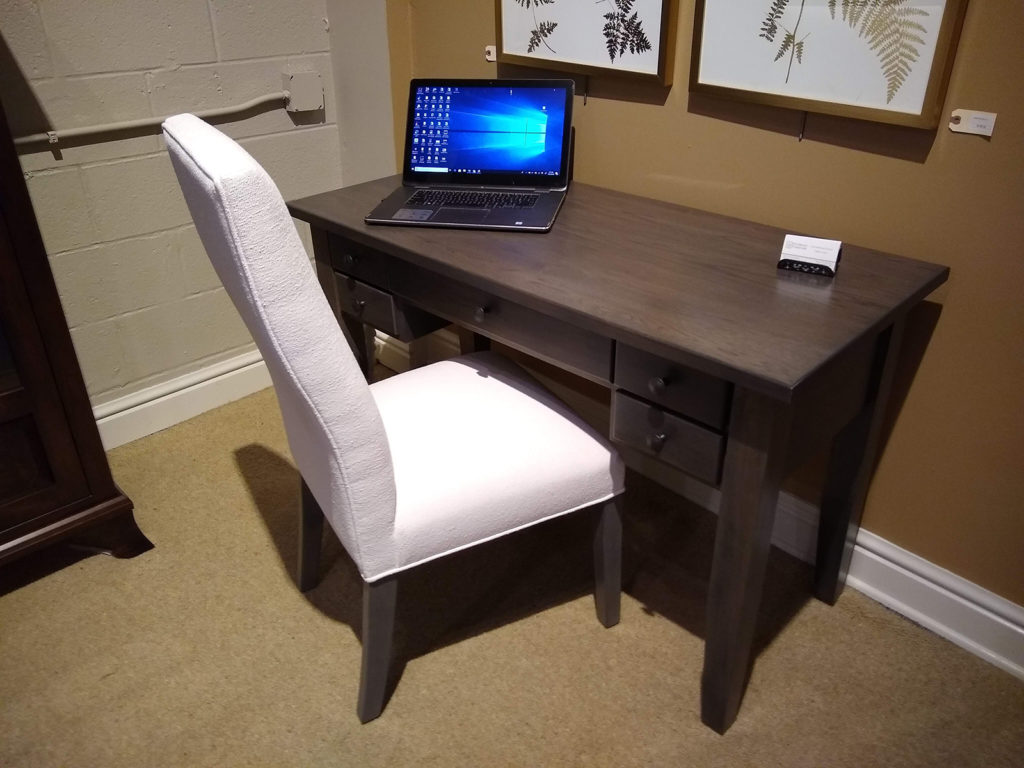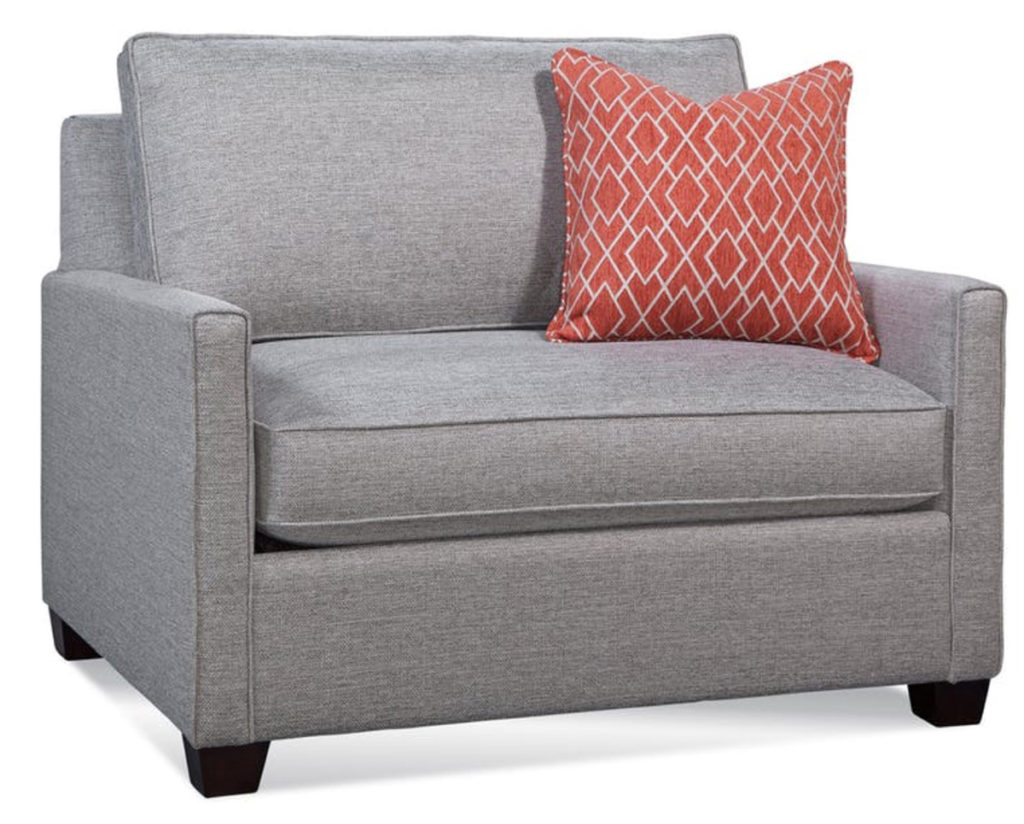Office space

By Sean McDonnell
Home offices have remained common over the years, but with younger generations now furnishing their homes, those work spaces are changing in colors, styles and functionality, experts say.
Kathleen Bliss Goldfarb, a member of the American Society of Interior Designers with The Valley Design Team/Decorating Den Interiors in Chagrin Falls; Yaro Livits, owner of Designers Furniture in Mayfield Heights; and Ron Nandor, owner of Eastwood Furniture in Cleveland Heights, Medina and Kidron, all agree that the style of home offices has shifted in recent years.
Bliss Goldfarb says clients who want to set up a home office are less concerned with aesthetics, putting function before form.
“The trend is so much simpler now than the way things used to be,” she says.
Many home offices – as well as the rest of the homes younger people design – tend to not have as much color, Bliss Goldfarb says. Grays, whites and other neutral tones are in style, while the once traditional reddish-brown wooden desk is a thing of the past.
“It’s almost like people are viewing life through black and white TVs,” she says, noting, however, that one hue seems to stand the test of time.
“The darker blues are the one constant people can count on,” she says. “If you want to choose something that’s never going to go out of style, some kind of a mid- to darker blue is always going to be a good choice.”
In addition to functionality, flexibility and personalization are important for home offices, says Bliss Goldfarb, explaining these needs have made many things in home offices mobile.
“Casters and such are not just on chairs anymore, but they’re on the files and on bookcases and really any kind of piece that you might put in a space,” she says.
That flexibility also takes the form of dual-purpose pieces of furniture.
Bliss Goldfarb points to the Snooze Box, an oversized ottoman that pulls out to become a twin bed. She says younger people tend to have less space, so they want to get as much functionality out of their rooms as possible.

“I would say the mantra today in home furnishings – especially in office furniture, because that is where we have to be really concerned with functionality – is truly flexibility and mobility,” she says.
Nandor says the digital revolution has changed home office furniture.
“Offices have changed dramatically over the past 10 years or so,” Nandor says, “just because the digital piece of this has changed.”
While traditional desks were designed for larger desktop computers, printers and the ability to hide wires, changes in technology have made those features obsolete, he says.
“People have laptops instead of big towers and big monitors,” he says. “Those kinds of things are much more compact, so desks and desk units are getting much smaller.”

Another big change comes from shifting from paper storage to digital storage, says Nandor, noting digitally storing documents has lessened or eliminated the need to factor paper storage into home office design.
“Most people don’t have that kind of need anymore, so it’s changed office furniture dramatically,” he says.
Many of Nandor’s customers are looking for open storage, like shelves, rather than drawers or cabinets. He says filing cabinets are rarely needed anymore.
Another popular design feature Nandor has seen is live edge furniture, or furniture in which the designer incorporates the natural edge of the wood into its design.
Livits says that many people in his store mix and match their furniture from different lines, trying to get a more creative look.
“They won’t get the matching file cabinet – or the matching anything,” he says. “They’ll use other accent pieces to highlight the look.”
To get their own look, customers are even bringing in pieces meant for outside of the office, says Livits, offering as an example a buffet made for an entrance way or dining room that he’s seen customers use in their home offices. Such decisions add to the personalization of the space.
“Something just to give it their own look and not make it look like the generic office,” he says.

Whites and grays have been popular choices for home offices, Livits says, as have sleek and slim designs. He says his store constantly changes its selection to follow customers’ needs, and that those needs usually dictate what direction the store goes with its selection.
“We never know why (the trends change),” Livits says. “It just sort of happens and we all follow the trends.” js
